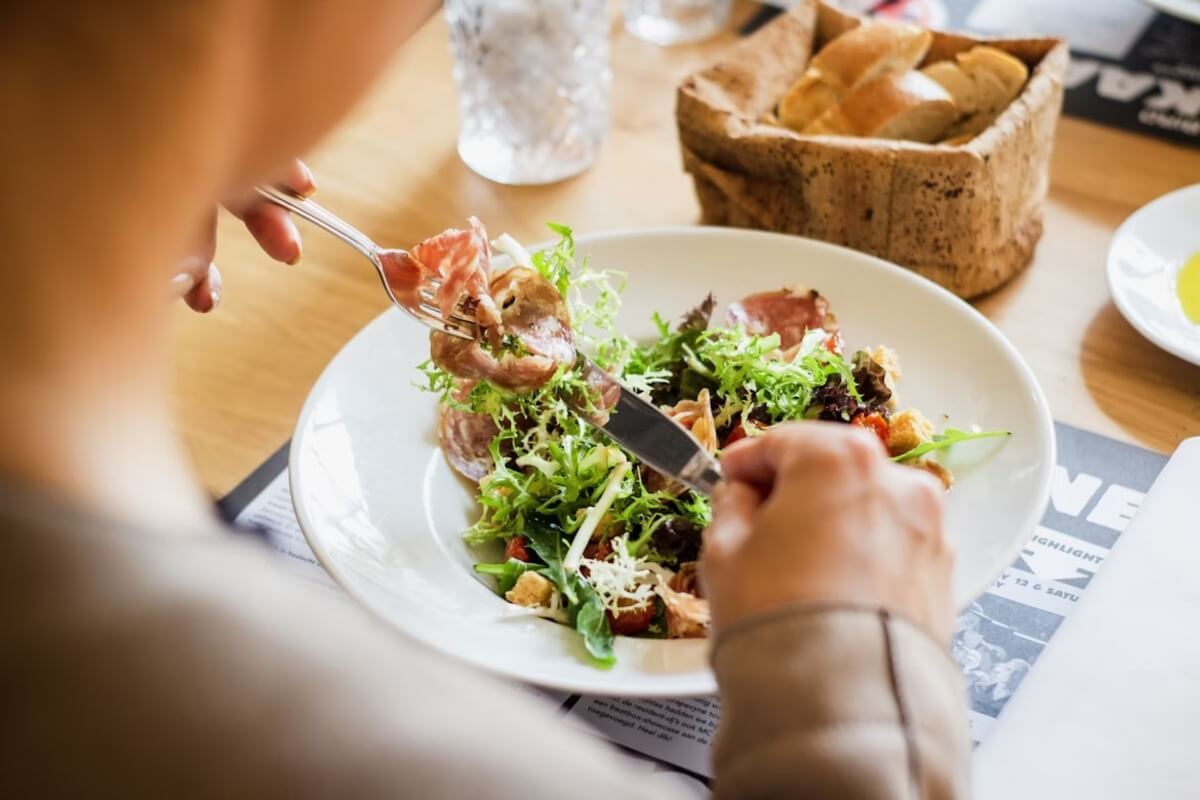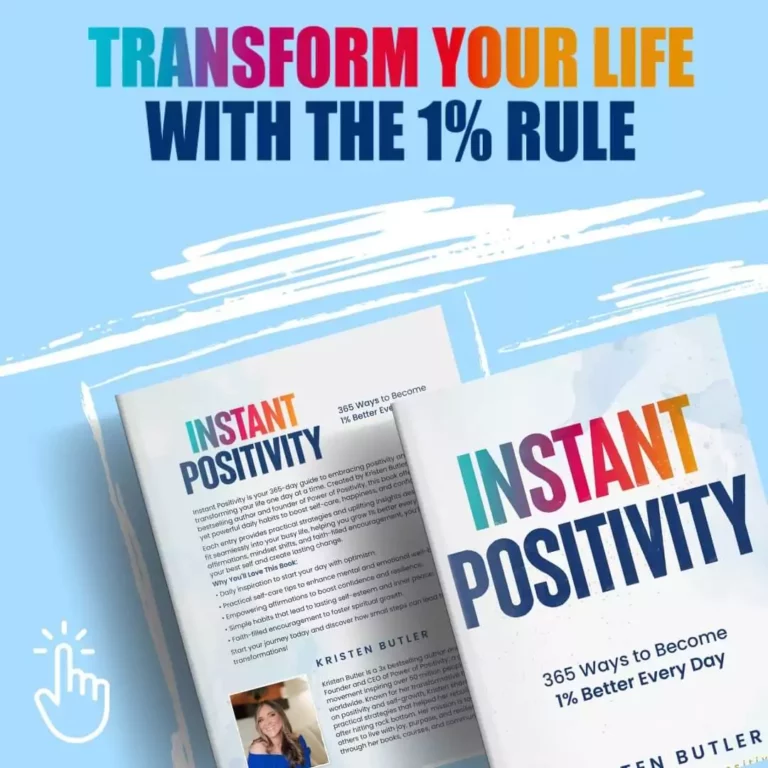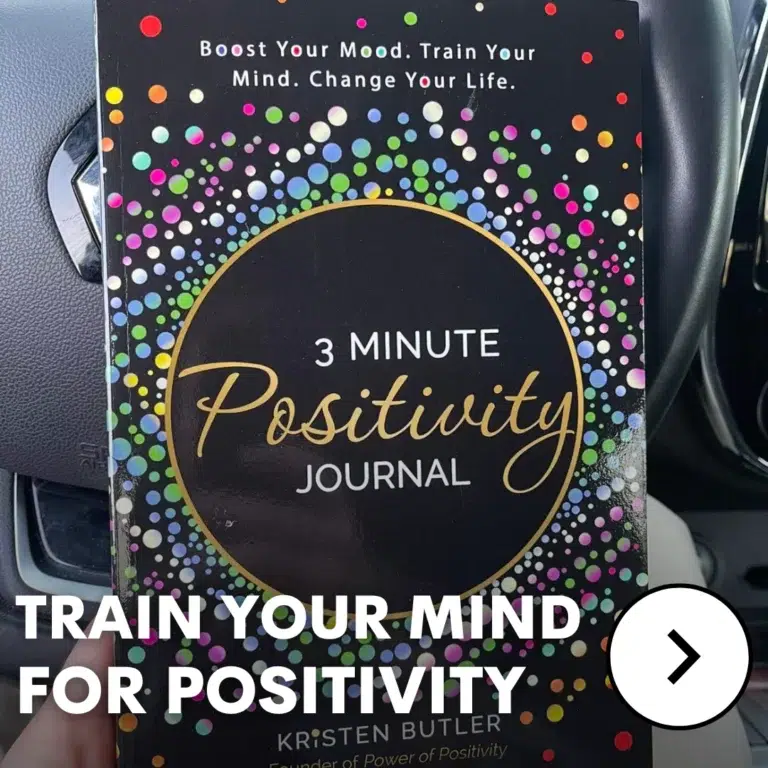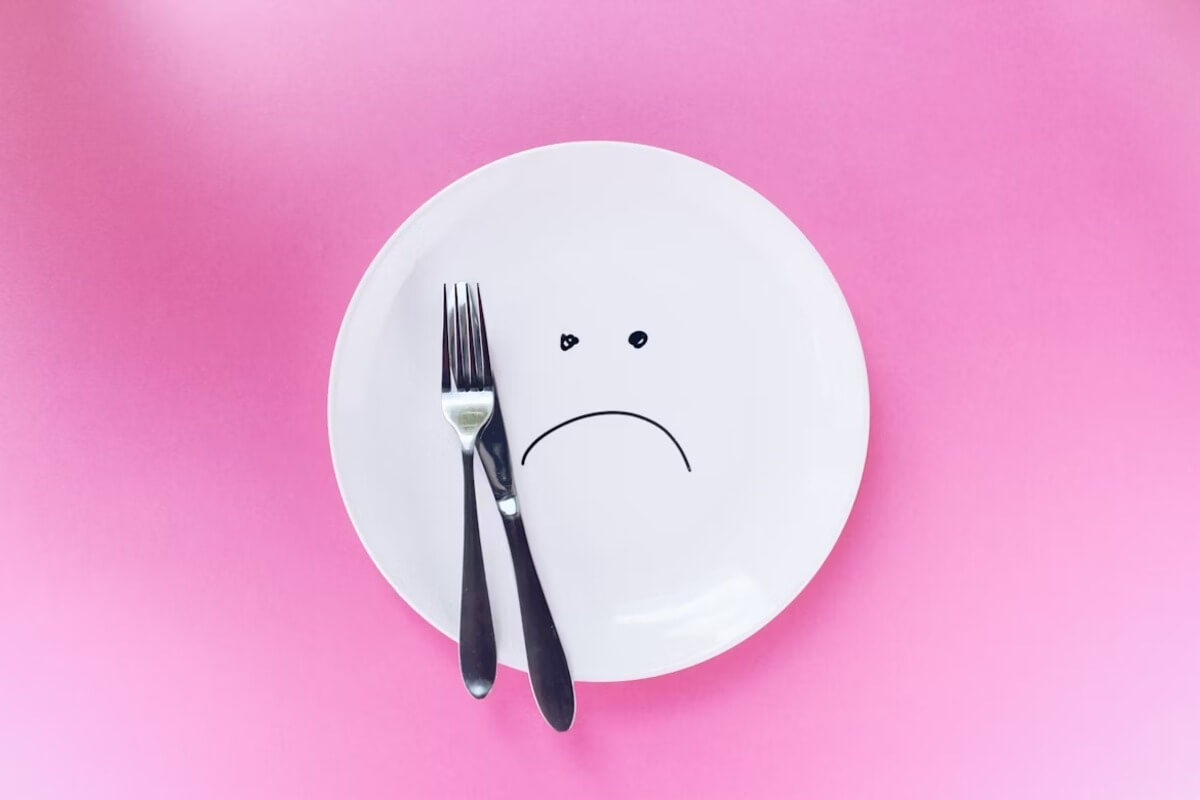It’s easy to lose track of how much we actually eat when plates keep getting bigger and servings keep piling up. Over the years, what used to be a normal meal has turned into double portions without most of us even noticing. That quiet increase adds up — not just on the plate but on our health, energy, and mood.
The idea of positive portions changes that. It’s not about counting calories or cutting everything in half; it’s about eating the right balance of foods in amounts that truly satisfy you. This approach helps you stay full, energized, and in control — without feeling restricted or guilty after meals.
Smarter Plates is all about this balance. To build one that supports your body and your goals, it helps to know what each part of your plate should really hold.
Building a Balanced Plate: The Positive Portion Formula
A well-balanced plate doesn’t need fancy math or calorie counting — it’s more about proportion than perfection. Think of your plate as a simple guide that helps your body get what it needs without overdoing it. Most health experts agree that half your plate should come from plants (fruits and veggies), one-quarter from proteins, and another quarter from whole grains. Add a small drizzle of healthy oils and a glass of water, and you’ve got the full picture.
Each part of this mix plays its own role — plants bring color, fiber, and vitamins; proteins keep muscles strong; and grains give long-lasting energy. The idea behind positive portions is to create balance and satisfaction, not to limit what you love.
Let’s break down what belongs on your plate — and how much of it your body truly needs to stay fueled and feeling good.
The Foundation: Vegetables and Fruits (½ of Your Plate)
Nothing brings life to your meal like fruits and vegetables. They’re rich in nutrients, low in calories, and naturally filling — a simple way to make your plate healthier without thinking too hard about it.
A. Fill Half with Color and Variety
- Aim for a mix of leafy greens, broccoli, peppers, carrots, and other non-starchy vegetables.
- Add fruits like berries, oranges, or apples for a touch of natural sweetness.
- Each color adds different nutrients — greens boost iron, oranges bring vitamin C, and reds protect your heart.
B. Why Potatoes Don’t Count Here
Potatoes may look like veggies, but they act more like starches. Their high glycemic load can spike blood sugar quickly.
- Try swapping them for roasted sweet potatoes, squash, or cauliflower for a more balanced option.
- Even small changes like this fit perfectly into the idea of positive portions, where you get flavor and nutrition in equal measure.
Once your plate is bright with produce, the next piece of the puzzle is choosing the right grains.
The Energy Source: Whole Grains (¼ of Your Plate)
Whole grains keep you going strong through the day. They’re loaded with fiber that slows digestion, helping you feel full longer and keeping blood sugar steady.
A. Stick to Whole and Intact Grains
- Choose brown rice, oats, barley, quinoa, and whole-grain pasta instead of refined versions.
- These grains give you more nutrients and fiber with every bite.
B. Why Refinement Removes the Good Stuff
When grains are processed, they lose their outer layers — and with them go the vitamins, minerals, and fiber your body needs. Whole grains release energy slowly, so you don’t crash mid-afternoon.
With your energy base in place, it’s time to power it up with protein — the strength builder of your plate.
V. The Power Player: Healthy Protein (¼ of Your Plate)
Protein is your repair system. It helps muscles, bones, and even hormones stay strong and balanced.
A. Mix Up Your Sources
- Rotate between fish, poultry, beans, lentils, tofu, and nuts to get a range of nutrients.
- Combining plant and animal proteins keeps meals interesting and balanced.
B. Limit Red and Processed Meats
Processed meats like bacon and sausage have been linked to higher health risks.
- Try switching to salmon, chickpeas, or turkey instead — your heart and energy levels will thank you.
That’s the power of positive portions again — balance over restriction. Once protein is set, healthy oils are the final touch.
The Finishing Touch: Healthy Oils in Moderation
Healthy fats do more than flavor your food — they help absorb vitamins and protect your heart.
A. The Right Fats Fuel Health
- Go for olive, canola, sunflower, peanut, or soy oils.
- Keep portions small — about a tablespoon is plenty for cooking or dressings.
- Low-fat isn’t always better; it’s the type of fat that counts.
B. Avoid Trans Fats
Stay away from foods with “partially hydrogenated oils” listed on the label. These trans fats can harm cholesterol levels and heart health.
Use oils smartly, not heavily — that’s what positive portions are all about.
Balanced meals go beyond what’s on the plate — what you drink matters just as much.
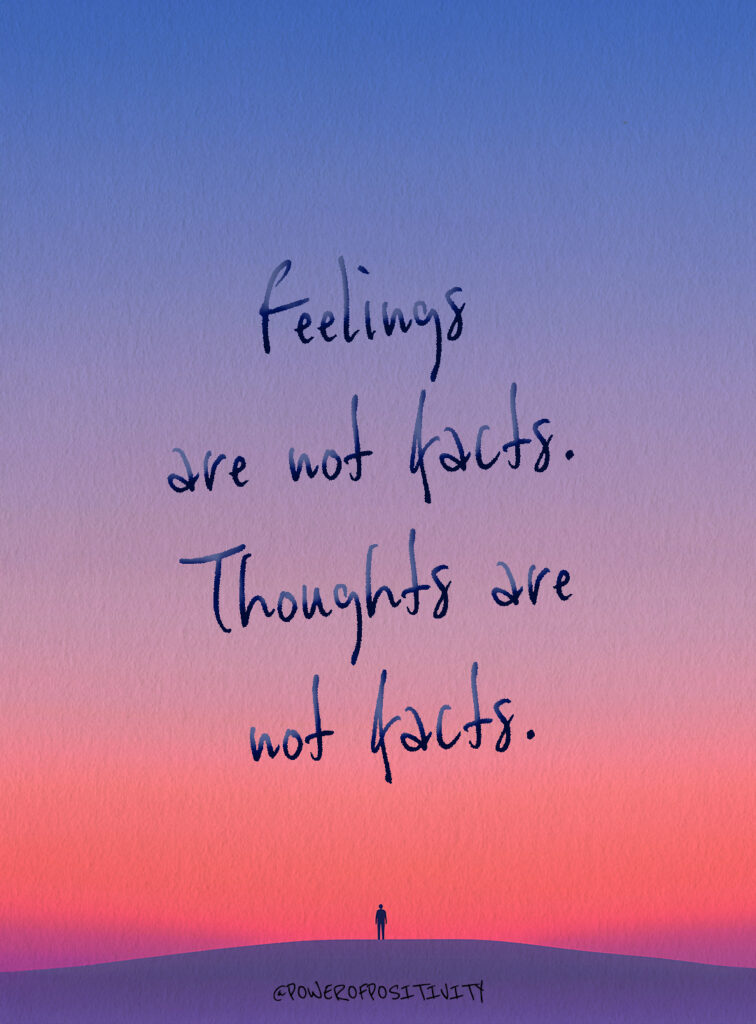
The Smart Sip: Hydrate the Right Way
The easiest way to improve your health might be in your cup.
A. Choose Water First
Water keeps your body running smoothly — it supports digestion, focus, and temperature control.
- Add lemon, mint, or cucumber slices for natural flavor.
- Carry a reusable bottle so hydration becomes a habit.
B. The Truth About Sugary Drinks
Sodas, sweet teas, and juices sneak in extra calories that don’t satisfy hunger.
- Replace them with tea, coffee (in moderation), or unsweetened milk alternatives.
Hydrating wisely supports positive portions by keeping cravings under control.
A healthy lifestyle isn’t just about eating — how you move makes a difference too.
Stay Active: The Other Half of a Smarter Plate
Food gives you energy, and activity helps you use it well.
A. Balance Energy In and Energy Out
When you move, your body turns food into fuel more efficiently. It’s not about burning calories — it’s about keeping energy in rhythm.
B. Simple Ways to Add Activity
- Take short walks after meals.
- Do light stretches during work breaks.
- Play with your kids or pets in the evening.
Small daily actions like these support better appetite control and steady mood — the same goals behind positive portions.
Once these habits start to click, they’re easier to maintain for life.
Why Positive Portions Work (The Psychology of Satisfaction)
There’s real science behind why smaller, balanced servings make you feel better.
A. Mindful Eating, Not Micro-Managing
When you slow down, you actually taste your food. Your brain has time to notice fullness, reducing overeating without effort.
- Using smaller plates helps you feel satisfied with less.
B. The Balance Between Freedom and Structure
Positive portions don’t restrict what you love; they help you enjoy it more responsibly.
- When you control portions, guilt disappears.
- Consistency builds naturally, and healthy habits stick longer.
That same balance also helps protect the planet — a win-win for everyone.
Eating for the Planet: Sustainable Portions Matter
Your food choices affect more than your body — they shape the environment, too.
A. Food Choices and Environmental Impact
Plant-based and whole foods use fewer resources like water and land.
Serving only what you can finish reduces waste from uneaten meals.
B. Portion Awareness = Less Waste
Smaller, balanced meals mean fewer leftovers in the trash and a lighter carbon footprint.
Eating with awareness — that’s the heart of positive portions, benefiting both people and the planet.
With just a few simple guidelines, anyone can turn every meal into a better one.
The 10 Positive Portion Habits to Start Today
- Use a smaller plate – It helps your brain feel full with less food.
- Fill half your plate with veggies first – You’ll naturally eat fewer carbs.
- Measure grains with your palm – A simple, on-the-go size guide.
- Add protein the size of your fist – Enough for strength, not excess.
- Keep sauces and dressings on the side – You control how much goes in.
- Drink water before meals – It curbs mindless eating.
- Sit down to eat – You enjoy food more and eat slower.
- Stop at 80% full – Borrow this longevity trick from Japan.
- Pack leftovers right away – Removes temptation for seconds.
- Enjoy dessert in moderation – A small sweet satisfies without guilt.
Final Thoughts on Building Your Smarter Plate
Healthy eating isn’t about strict rules — it’s about awareness. When you start applying positive portions, you shift from dieting to truly nourishing your body.
Start small: switch to a smaller plate, add more color, and focus on balance instead of restriction. Over time, these choices turn into habits that boost both health and happiness.
A smarter plate isn’t just about food — it’s about a lifestyle that feels good, lasts long, and supports your body every day. Think of your next meal as a chance to make a small, positive change — one portion at a time.



